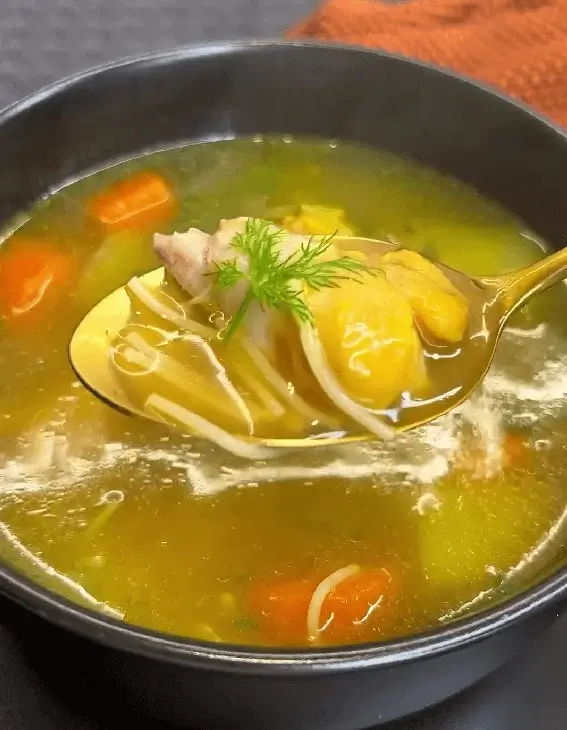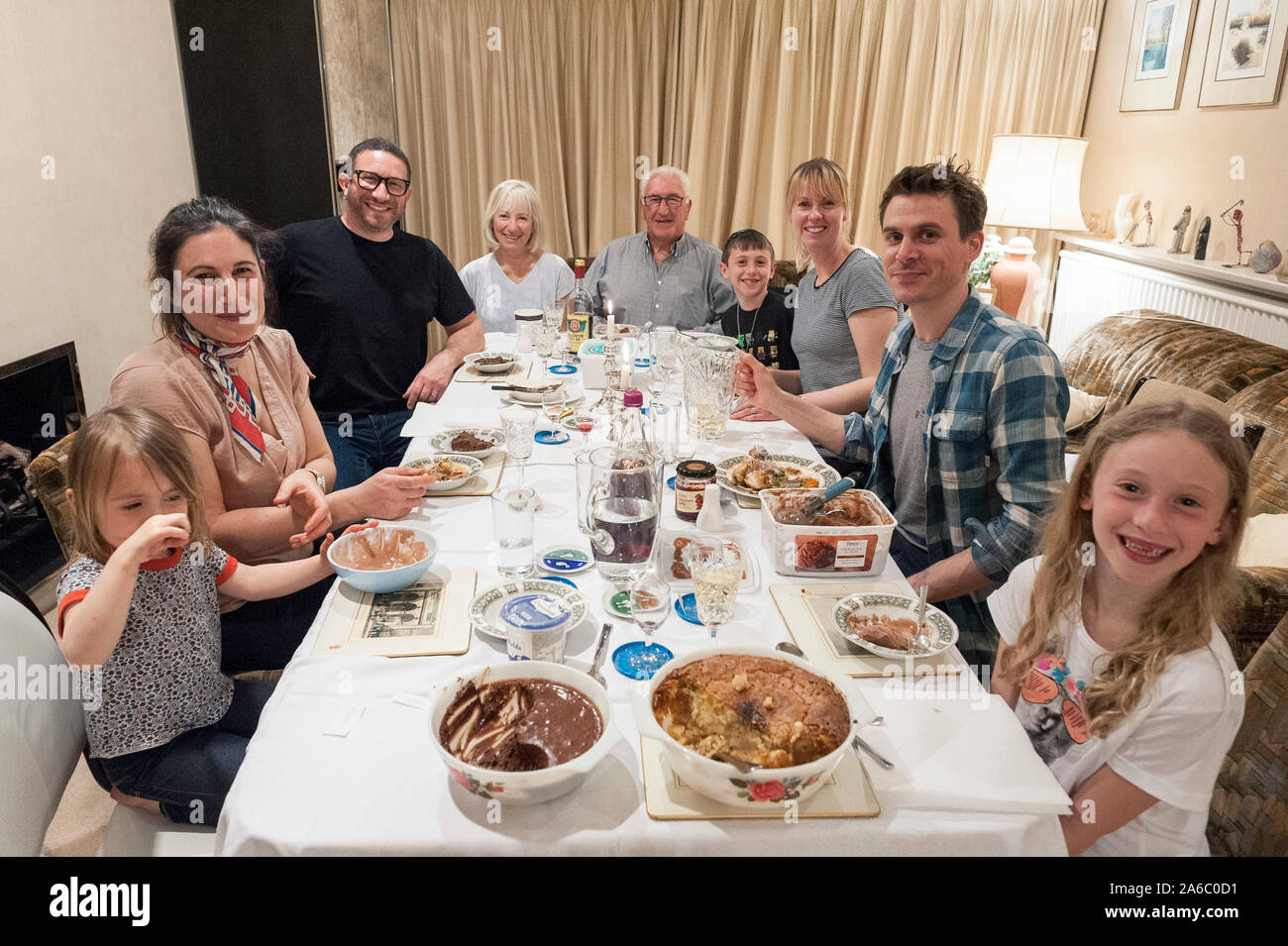Jewish chicken soup is more than just a meal; it's a tradition passed down through generations, offering warmth, comfort, and a taste of heritage. This classic dish, often referred to as "Jewish penicillin," has been a staple in Jewish households for centuries, particularly among Ashkenazi communities. Its simple yet rich flavors make it a beloved comfort food that transcends cultural boundaries. Whether served during holidays, family gatherings, or on a cold winter night, Jewish chicken soup holds a special place in the hearts of many.
The Origins of Jewish Chicken Soup

The roots of Jewish chicken soup can be traced back to ancient times, with references found in historical texts and religious practices. In Jewish culture, chicken soup is not only a source of nourishment but also a symbol of healing and care. The tradition of serving chicken soup when someone is ill dates back to the Talmud, where it was believed to have medicinal properties. This belief has persisted over the years, making the soup a comforting ritual for those recovering from illness or simply seeking solace.
Key Ingredients and Their Significance

At its core, Jewish chicken soup is made with a few essential ingredients that come together to create a deeply satisfying dish. The base consists of a rich chicken broth, which is typically made by simmering chicken bones, vegetables, and herbs for several hours. The vegetables commonly used include carrots, celery, onions, and sometimes potatoes, while herbs like dill, parsley, and bay leaves add depth to the flavor.
One of the most distinctive elements of Jewish chicken soup is the addition of matzo balls, which are light, fluffy dumplings made from flour, eggs, and water. These delicate orbs float in the soup, absorbing the rich broth and adding a unique texture. The combination of these ingredients creates a harmonious balance of flavors that is both comforting and nourishing.
Step-by-Step Preparation

Creating a traditional Jewish chicken soup requires patience and attention to detail. Begin by selecting a whole chicken or chicken parts, such as thighs and drumsticks, which will yield a flavorful broth. Place the chicken in a large pot along with onion, carrot, celery, garlic, and a handful of herbs. Cover with water and bring to a boil, then reduce the heat and let it simmer for several hours. Skim any foam that rises to the surface to ensure a clear broth.
Once the broth is ready, remove the chicken and allow it to cool slightly before shredding the meat. Return the shredded chicken to the pot, along with additional vegetables if desired. For the matzo balls, mix flour, eggs, baking powder, and salt, then shape the dough into small balls and gently drop them into the simmering soup. Cook for about 15 minutes until they float to the surface.
Variations and Personal Touches

While the traditional recipe is cherished, many families have their own variations that reflect personal preferences and regional influences. Some may add noodles, while others incorporate different vegetables or spices. In some households, the soup is seasoned with a pinch of pepper or a splash of lemon juice for extra brightness. Others might use a combination of chicken and beef bones to enhance the depth of the broth.
These variations highlight the adaptability of Jewish chicken soup, allowing each family to put their unique spin on the classic dish. Whether it's a simple version or a more elaborate one, the essence of the soup remains the same: a warm, comforting meal that brings people together.
The Cultural and Emotional Impact

Beyond its culinary appeal, Jewish chicken soup carries deep cultural and emotional significance. It is often associated with family, memory, and tradition, evoking feelings of nostalgia and connection. Many people recall sitting at their grandmother's table, sipping a steaming bowl of soup while listening to stories and laughter. This sense of continuity makes the dish more than just food—it becomes a link to the past and a source of comfort in the present.